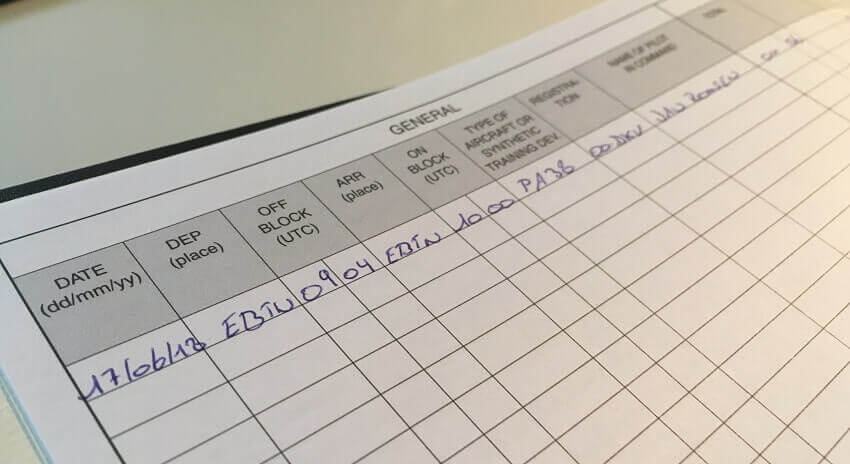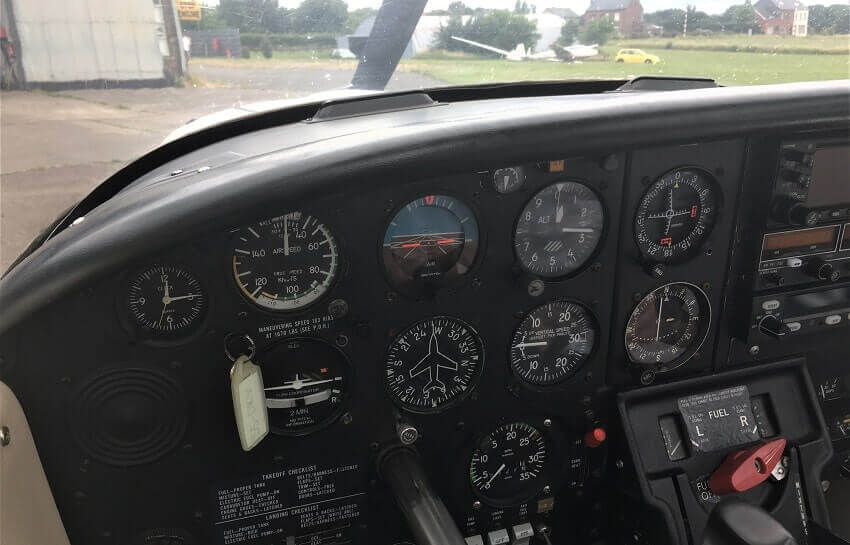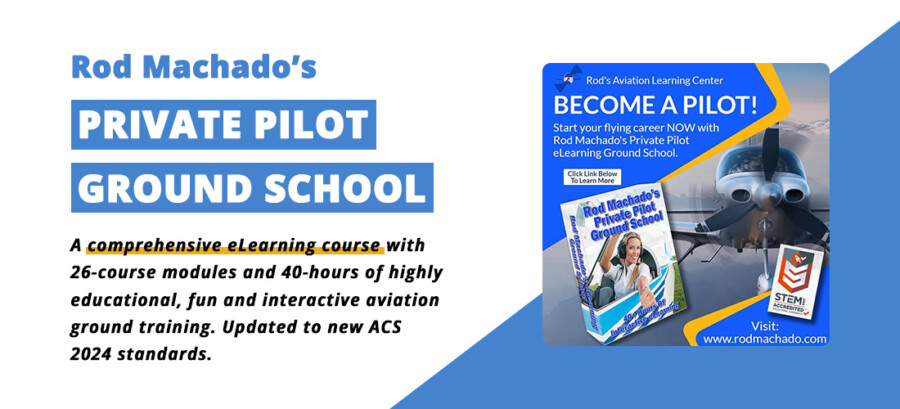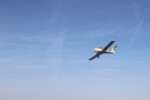Getting Your Private Pilot License – The First Lesson
22 June 2018 | Updated on February 05, 2024
This post is part of the story series Getting Your Private Pilot License.
As a glider pilot with about 220 flying hours, I finally decided to take the jump and start my Private Pilot training in June 2018. In this series, I share my experiences of getting my Private Pilot License in Belgium. From preparing for my first lesson, to my first solo flights and ultimately my checkride.
I hope these articles will be able to help you get the most out of your own flight training!
My first official PPL flying lesson is done!
I had flown in motorized aircraft before, but this was the first time I was actually training to fly one myself, and it felt great. The first time I could log hours in my brand new logbook as well!


In the first article of this series, I already mentioned the list of exercises I had to complete before taking my PPL checkride.
My first lesson was a 56-minute flight where we went over all the basics, including pre-flight checks, checklists, taxiing, basic flying maneuvres and some other things.
After each flight, my instructor will mark the exercises we performed with a D (demonstrated), E (executed) and/or T (tested). As you can see, we finished exercises 1, 2, 3, 4 and 5 during my first flight. Thanks to my previous gliding experience, the basic flying maneuvers went quite well. Exercise 6,7, 8 and 12 will be quickly rehearsed during my next lessons before marking them as tested.
Before soloing, I’ll have to finish exercise 1 to 13, so a few more to go.
- Exercise 1a: Familiarisation with the airplane
- Exercise 1b: Emergency drills
- Exercise 2: Preparation for and action after flight
- Exercise 3: Air experience: flight exercise
- Exercise 4: Effects of controls
- Exercise 5a: Taxiing
- Exercise 5b: Emergencies: brake and steering failure
- Exercise 6: Straight and level
- Exercise 7: Climbing
- Exercise 8: Descending
- Exercise 9: Turning
- Exercise 10a: Slow flight
- Exercise 10b: Stalling
- Exercise 11: Spin avoidance
- Exercise 12: Take-off and climb to downwind position
- Exercise 13: Circuit, approach and landing
- Exercise 12/13: Emergencies
- Exercise 14: First solo!
- Exercise 15: Advanced turning
- Exercise 16: Forced landing without power
- Exercise 17: Precautionary landing
- Exercise 18a: Navigation
- Exercise 18b: Navigation problems at lower levels in reduced visibility
- Exercise 18c: Radio navigation
- Exercise 19: Basic instrument flight
Exercise 1a was basic familiarisation with the aircraft, meaning familiarizing myself with the interior and exterior of the aircraft I’d be flying, a Piper PA-38 Tomahawk, its characteristics, systems, procedures and checklists. After a quick introduction inside the airplane and going over the checklists, this exercise was ticked off the list first.
Did you know that the Piper Tomahawk is also on our list of best affordable personal aircraft to buy!
Exercise 2 is about preparation before and action after the flight. This includes the pre-flight checks, checking all the required documents, making sure the cockpit is secure etc. Also important is the necessary procedures to start and shut down the engine, something that’s completely new to me as a glider pilot.
The third exercise was the easiest for me, the air experience. Thanks to my previous gliding experience, the general feel of flying an airplane is something I have become used to.
Effect of controls, exercise 4, was partly similar to flying gliders. The yoke acts as the stick in gliders and control inputs result in the practically the same movements of the aircraft as I’m used to. The only new thing to me is the engine controls, how the aircraft behaves when adjusting the throttle and how to counter things like engine torque. Also, other engine controls like mixture, carburetor heating etc are something to get used to.
The next exercise, nr. 5 taxiing, is also something I am wasn’t used to yet. It does take a little practice to get familiar with the rudder pedals and brakes to steer the aircraft on the ground and keep it on the centerline of TWY and RWY, but I’m not worried about that. After the first few flights, I’ll get used to it.
Exercises 6, 7 and 8 are about straight and level flying, climbing and descending. This takes a little more coordination and thinking than I’m used to while gliding, so we will rehearse this during the next lesson to mark the exercises and tested and completed.
The last exercise, number 12, is the one we did first during the flight: take-off and climbing to downwind position. This is something we will keep practicing during the next flights.
On the planning for my next lesson: Stalls, emergencies and settings for climb and descent. Hopefully, after that we can start with some circuit training!


I also had the chance to test out my brand new Faro G2 ANR aviation headset, and it was great! I wrote a review about it here.
My next flight will be this Sunday, in two days. Check back next week for another update on my training!
Talk to you then,
Senne
This post is part of the story series Getting Your Private Pilot License.
As a glider pilot with about 220 flying hours, I finally decided to take the jump and start my Private Pilot training in June 2018. In this series, I share my experiences of getting my Private Pilot License in Belgium. From preparing for my first lesson, to my first solo flights and ultimately my checkride.
I hope these articles will be able to help you get the most out of your own flight training!






























